Home>diy>Architecture & Design>How To Design House Colors And Furniture
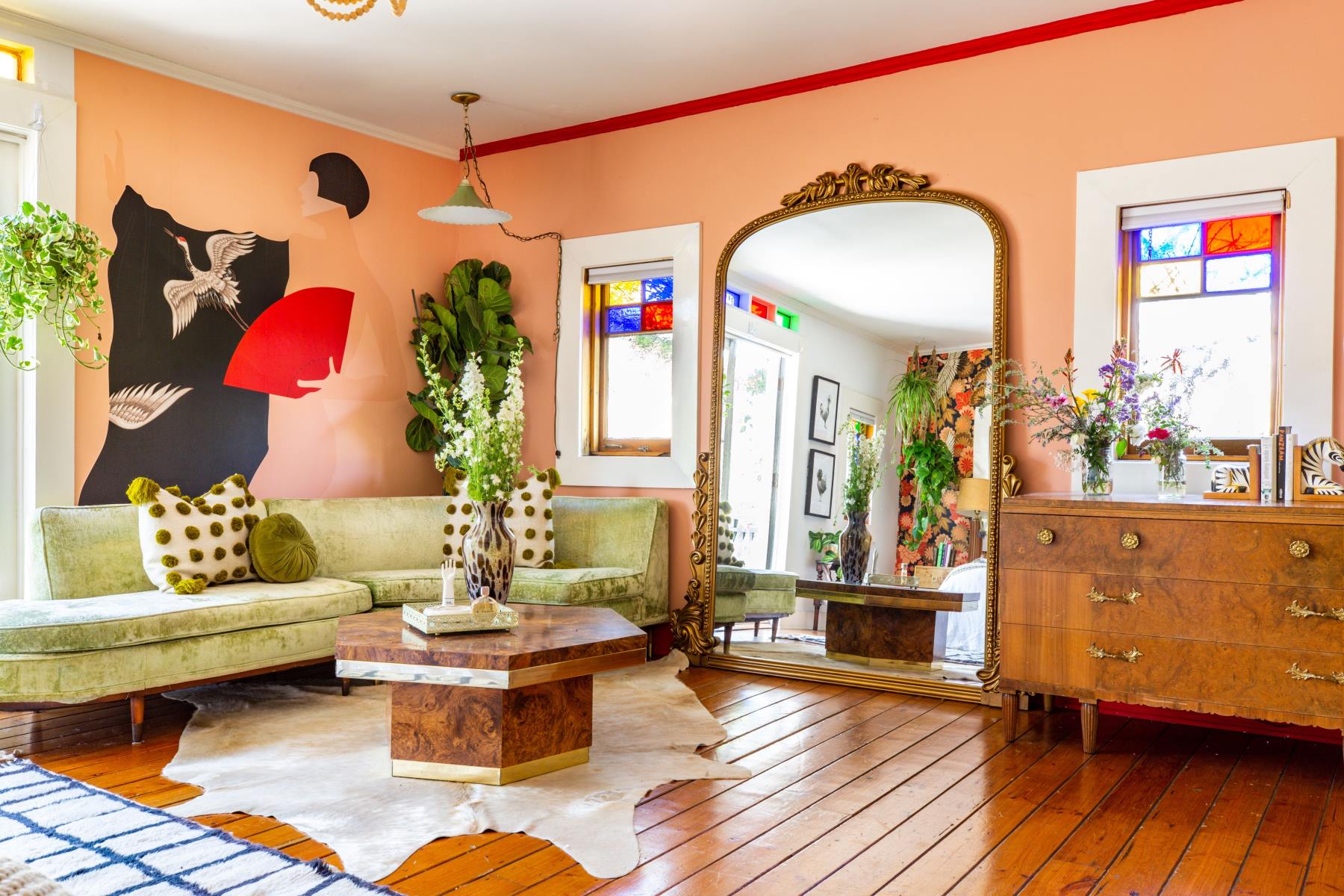

Architecture & Design
How To Design House Colors And Furniture
Modified: December 7, 2023
Learn how to choose the perfect house colors and furniture to complement your architecture design. Transform your space with expert tips and advice.
(Many of the links in this article redirect to a specific reviewed product. Your purchase of these products through affiliate links helps to generate commission for Storables.com, at no extra cost. Learn more)
Introduction
When it comes to designing your home, one of the most important aspects to consider is the color palette and furniture choices. The colors used in your home can have a significant impact on the overall design and atmosphere of the space. Similarly, the furniture you choose can either complement or clash with the color scheme, ultimately affecting the look and feel of the room.
In this article, we will explore the key steps involved in designing house colors and furniture to help you create a visually appealing and harmonious living environment. From selecting a color palette to coordinating furniture and considering natural lighting, we will delve into the essential elements of a well-designed home.
Whether you’re embarking on a full home renovation or simply looking to freshen up a room, these guidelines will help guide you through the process to achieve a cohesive and stylish outcome.
So, let’s dive in and discover the art of designing house colors and furniture!
Key Takeaways:
- Choosing a color palette that complements natural lighting and coordinating furniture with the color scheme are crucial for creating a visually stunning and harmonious living environment.
- Incorporating personal style and preferences into the design process is essential for creating a unique and inviting space that truly reflects who you are.
Step 1: Choosing a Color Palette
The first step in designing your house colors is selecting a color palette. The colors you choose will set the tone and mood of the space, so it’s important to consider the overall ambiance you want to create.
Start by identifying the primary color you want to use as a base. This color will serve as the foundation for your design and will be the dominant hue in the room. Consider the psychological impact of different colors – for example, blue can evoke a sense of calm and serenity, while red can create a bold and energetic atmosphere.
Once you have chosen your base color, it’s time to select complementary colors. These are hues that harmonize well with the primary color and add depth and interest to the space. You can use color theory principles such as the color wheel or consult with a professional designer for assistance.
Remember to take into account the existing elements in the room, such as flooring, fixtures, and artwork. Consider how the colors of these elements will interact with your chosen color palette. You may need to adjust your color choices to ensure everything works together seamlessly.
Another important factor to consider is the lighting in the room. Natural light can alter the appearance of colors, so test your color choices under different lighting conditions. Take samples of the paint colors you are considering and view them in the room at different times of the day to see how they appear.
Finally, think about the overall flow of the house. If you have an open-concept layout, it is essential to ensure that the colors in adjoining rooms complement each other. The color palette should create a cohesive and harmonious transition from one space to another.
By following these steps and carefully selecting a color palette, you can create a visually stunning and balanced foundation for the rest of your design decisions.
Step 2: Coordinating Furniture with the Color Scheme
Once you have established your color palette, the next step is to choose furniture that complements and enhances the overall design. The right furniture pieces can elevate the aesthetics of your space and create a cohesive look.
Start by considering the style and theme of your home. Is it modern and minimalist, or traditional and cozy? The furniture you select should align with the overall vibe you want to achieve. For example, clean lines and sleek designs work well in contemporary settings, while ornate and detailed furniture may be more suitable for a classic aesthetic.
When it comes to color coordination, you have a few options. You can opt for furniture pieces that match the dominant color of your color palette to create a cohesive and harmonious look. This can be done by choosing furniture with upholstery or finishes in the same color as your walls or accents. It creates a sense of unity and balance within the space.
On the other hand, you can also use furniture as an opportunity to introduce complementary or contrasting colors. For instance, if your color palette consists of neutral tones, you can add a pop of color with a bold-colored sofa or chair to make a statement. This adds visual interest and can become a focal point in the room.
Consider the scale and proportion of the furniture in relation to the room. Large, bulky furniture can overwhelm a small space, while small-scale furniture may get lost in a large room. Finding the right balance will create a harmonious and well-proportioned look.
Additionally, take into account the texture and material of the furniture. A variety of textures can add depth and visual interest to a space. Consider mixing materials like wood, metal, and fabric to create a multi-dimensional and layered look. The texture and material should also complement the overall style of the room.
Lastly, don’t forget about functionality and comfort. Beautiful furniture is important, but it should also meet your practical needs. Ensure that the furniture you choose is not only aesthetically pleasing but also comfortable and functional for everyday use.
By carefully coordinating furniture with your color scheme, you can create a harmonious and visually appealing space that reflects your personal style and enhances the overall design of your home.
Step 3: Creating a Balanced Composition
Creating a balanced composition is essential to achieving a visually pleasing and harmonious design in your home. It involves arranging furniture and decor in a way that considers the scale, proportion, and visual weight of each element within the space.
Start by assessing the layout of the room and determining the focal point. This could be a fireplace, a stunning view, or a piece of artwork. Arrange your furniture around this focal point to create a sense of balance and draw attention to the centerpiece.
Consider the flow and circulation within the room. Ensure that there is enough space to move around comfortably without any obstructions or a cramped feel. Place furniture in a way that allows for easy movement and encourages conversation and interaction among guests.
Balance the sizes and shapes of furniture pieces in the room. If you have a large and bulky sofa, balance it out with smaller accent chairs or side tables. This creates a visually appealing contrast and prevents any one piece from overpowering the space.
Distribute visual weight evenly throughout the room. Visual weight refers to the perceived heaviness or lightness of an object. For example, a dark-colored, large-scale piece of furniture may have more visual weight than a small, light-colored accent table. Aim to achieve a balance by strategically placing heavier items on one side of the room with lighter items on the opposite side.
Consider the height of furniture and decor elements. Avoid having all the tall furniture or decor items on one side of the room, as this can create an imbalance. Instead, spread out different heights throughout the space to add interest and variation to the composition.
Pay attention to symmetry and asymmetry. Symmetrical arrangements create a sense of order and formality, while asymmetrical arrangements can add a touch of intrigue and visual interest. Experiment with both approaches to see what works best for your space.
Lastly, don’t forget about negative space. Negative space refers to the empty areas in a room. It’s important to leave some breathing room and avoid overcrowding the space with too many furniture pieces or decor items. Negative space allows the eye to rest and creates a sense of openness and balance.
By carefully considering the principles of balance and composition, you can create a visually pleasing and well-proportioned space that reflects your personal style and showcases the beauty of your furniture and decor.
When designing house colors and furniture, consider creating a cohesive color palette for the entire home to ensure a harmonious and balanced look. Stick to a maximum of 3-4 main colors to avoid overwhelming the space.
Step 4: Considering Natural Lighting and Room Size
Natural lighting and room size play a crucial role in the overall design and functionality of a space. Understanding how these factors interact with your furniture and color choices will help you create a well-lit and visually appealing environment.
Start by assessing the natural light sources in the room. Consider the placement and size of windows, as well as the direction in which the light enters. Natural light can vary throughout the day, so observe how it changes and affects the colors and ambiance of the space.
For rooms with ample natural light, consider using lighter color palettes and furniture. Light colors reflect more light and can make a room feel bright and spacious. Whites, creams, and pastel shades work well in these environments, creating an airy and open atmosphere.
Alternatively, rooms with limited natural light require a different approach. Darker color palettes and furniture can create a cozy and intimate atmosphere. Deep shades like navy, charcoal, or rich browns can add a sense of warmth and depth to the space.
When it comes to room size, furniture choices can greatly affect the perceived dimensions. In smaller rooms, opt for furniture that is appropriately sized and proportioned. Bulky or oversized furniture can make a small room feel cramped and chaotic. Instead, consider sleek and compact pieces that maximize the available space.
In larger rooms, you have more flexibility in furniture selection. Use larger or statement pieces to fill the space and create a focal point. Experiment with different furniture arrangements to find a layout that maximizes the room’s potential and creates a sense of balance and proportion.
Consider how natural lighting interacts with room size as well. In small rooms with limited natural light, using lighter colors and strategically placed mirrors can help reflect and enhance the available light, making the space feel more open and bright.
Remember to also consider artificial lighting options. Use a combination of ambient, task, and accent lighting to create a layered and well-lit space. This will not only enhance the functionality of the room but also contribute to the overall ambiance and design aesthetic.
By carefully considering natural lighting and room size, you can make informed decisions about color choices and furniture placement, ultimately creating a well-balanced and visually appealing space that maximizes the potential of your home.
Step 5: Incorporating Personal Style and Preferences
Designing your home is a reflection of your personal style and preferences. While following design principles is important, it’s equally crucial to infuse your own unique taste and personality into the space. This final step is all about incorporating your personal style and making your house a true reflection of who you are.
Start by considering your personal aesthetic. Think about the overall vibe and atmosphere you want to create in your home. Are you drawn to a modern and minimalist style? Or do you prefer a more eclectic and bohemian look? Understanding your personal style will help guide your furniture and decor choices.
Consider your interests, hobbies, and passions. Think about how you can incorporate these elements into the design of your home. For example, if you have a love for travel, display souvenirs and artwork collected from your adventures. If you’re an avid reader, create a cozy reading nook with a comfortable armchair and a bookshelf filled with your favorite titles.
Don’t be afraid to mix and match different styles and eras. Eclectic design can create a visually interesting and unique space. Combining vintage and modern pieces, incorporating different textures, and layering patterns can add depth and character to your home.
Consider your lifestyle and how you use the space. Designing a home that aligns with your daily routines and activities will make it more functional and enjoyable. If you love to entertain, create a welcoming and inviting living area with plenty of seating. If you value relaxation and tranquility, incorporate cozy elements like plush sofas, soft lighting, and calming colors.
Think about the sentimental value of certain pieces. If you have furniture passed down through generations or cherished artwork, find ways to incorporate these items into your home. They not only add a personal touch but also serve as conversation starters and reminders of fond memories.
Finally, remember that personal style is not just about physical objects. Music, fragrances, and even the way you arrange your furniture can contribute to the overall atmosphere. Pay attention to the small details and accessories that can enhance your personal style and create a cohesive and harmonious environment.
Incorporating your personal style and preferences will make your home feel truly yours. It will create a space that not only looks beautiful but also resonates with your unique tastes and passions.
Conclusion
Designing the colors and furniture of your home is a creative and exciting process. By following the steps outlined in this article, you can create a visually appealing and harmonious living environment that reflects your personal style and preferences.
Start by selecting a color palette that sets the tone and mood of the space. Consider the psychology of colors and how they interact with natural lighting. Coordinate your furniture with your color scheme, ensuring that they complement and enhance each other.
Create a balanced composition by considering the scale, proportion, and visual weight of furniture and decor elements. Whether you opt for symmetry or asymmetry, strive for a sense of equilibrium and flow within the space.
Take into account the natural lighting and size of the room when making furniture and color choices. Use natural light to your advantage, embracing it or compensating for its absence. Adapt your furniture selections to the dimensions of the room, ensuring that they fit appropriately and enhance the overall design.
Finally, incorporate your personal style and preferences into the design. Infuse elements that represent your interests, hobbies, and experiences. Embrace a mix of styles and eras to create a unique and eclectic space that reflects your personality and creates a cozy and inviting atmosphere.
Remember, designing your home is an ongoing process. As your tastes evolve and change, you may find the need to update and refresh your colors and furniture. Don’t be afraid to experiment and try new things to keep your space vibrant and inspiring.
With the right color palette, furniture coordination, balanced composition, consideration of lighting and room size, and infusion of personal style, you can create a home that is not only visually stunning but also a true reflection of who you are. Enjoy the journey of designing and transforming your house into a place you love to call home!
Frequently Asked Questions about How To Design House Colors And Furniture
Was this page helpful?
At Storables.com, we guarantee accurate and reliable information. Our content, validated by Expert Board Contributors, is crafted following stringent Editorial Policies. We're committed to providing you with well-researched, expert-backed insights for all your informational needs.
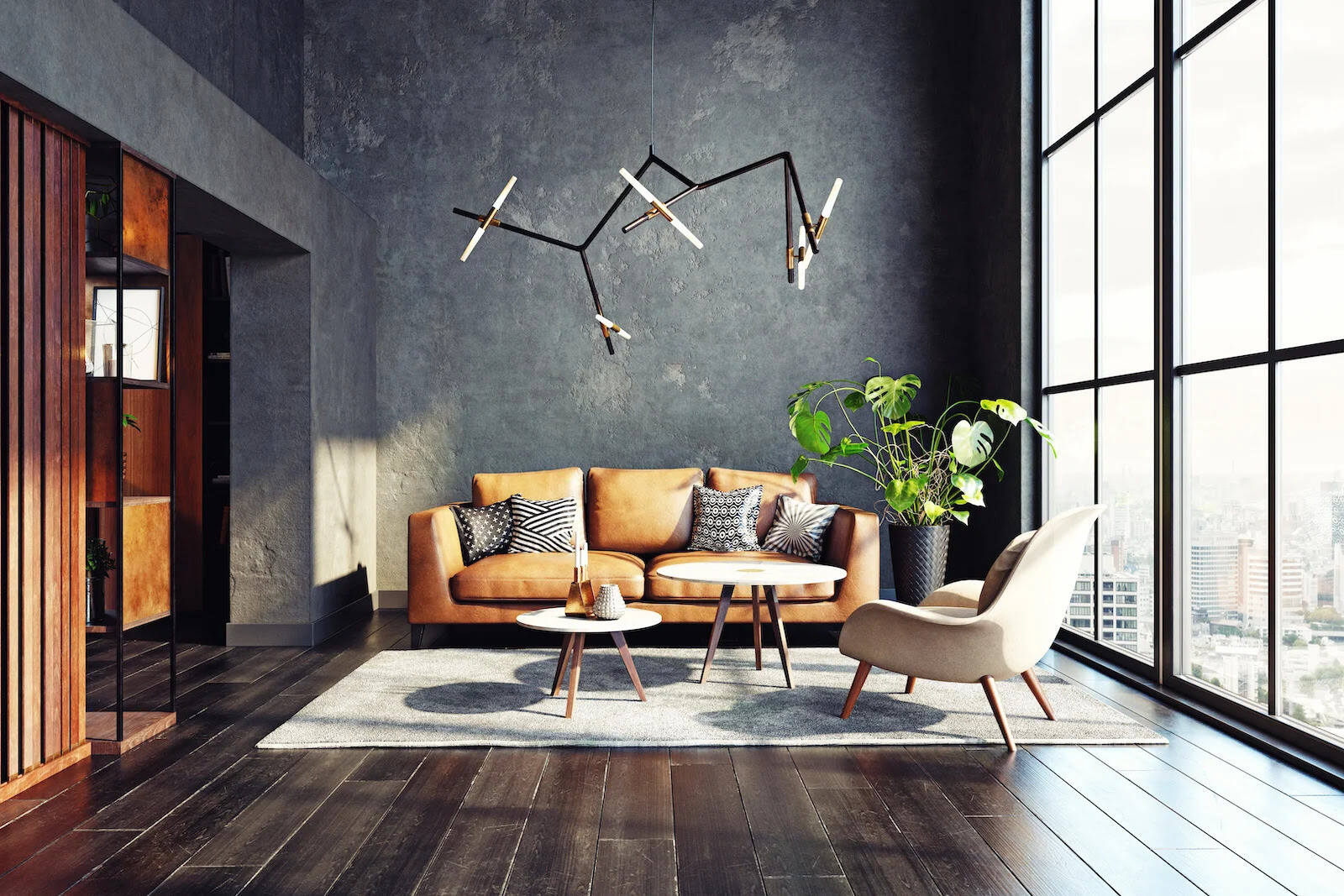
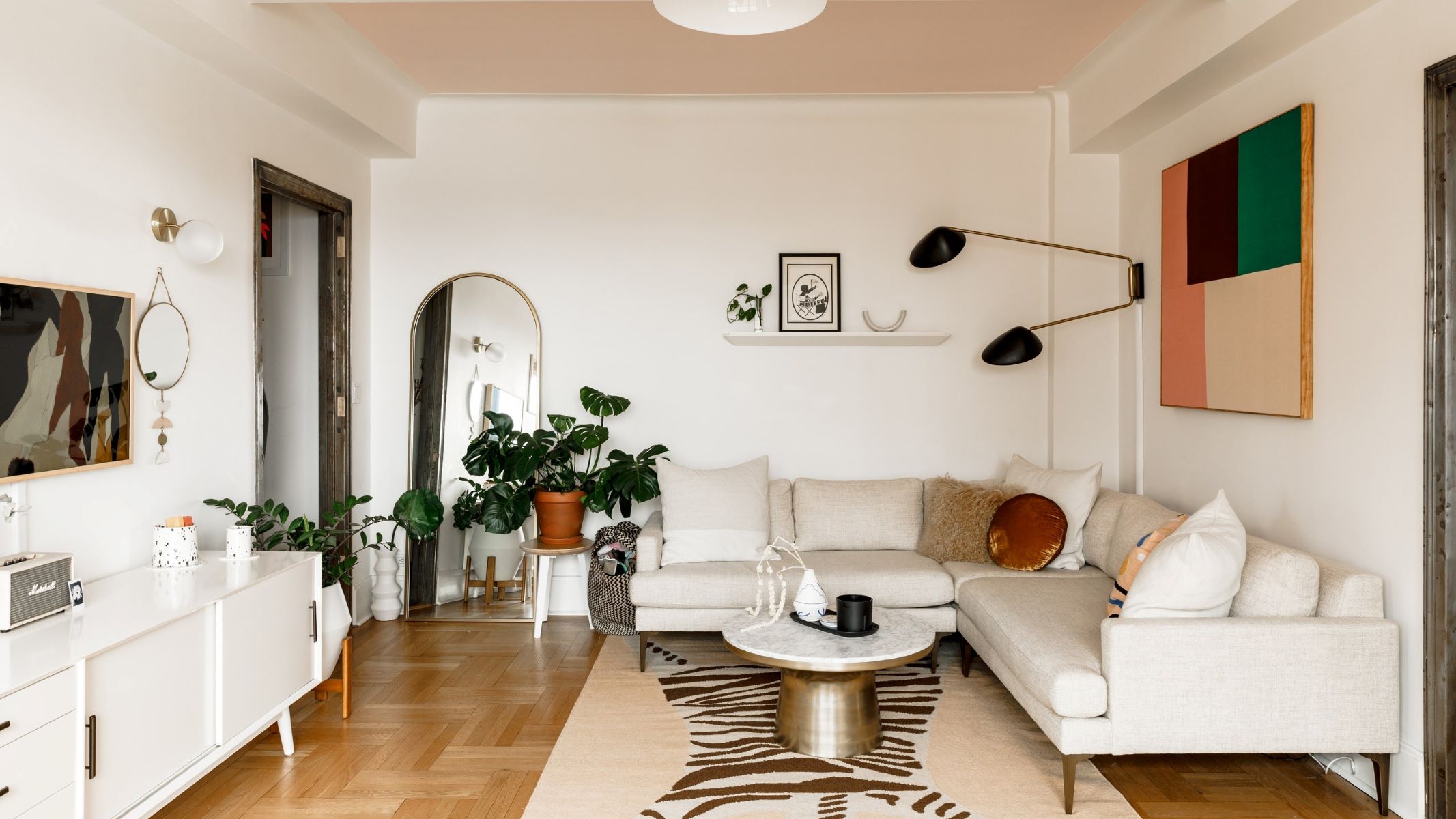
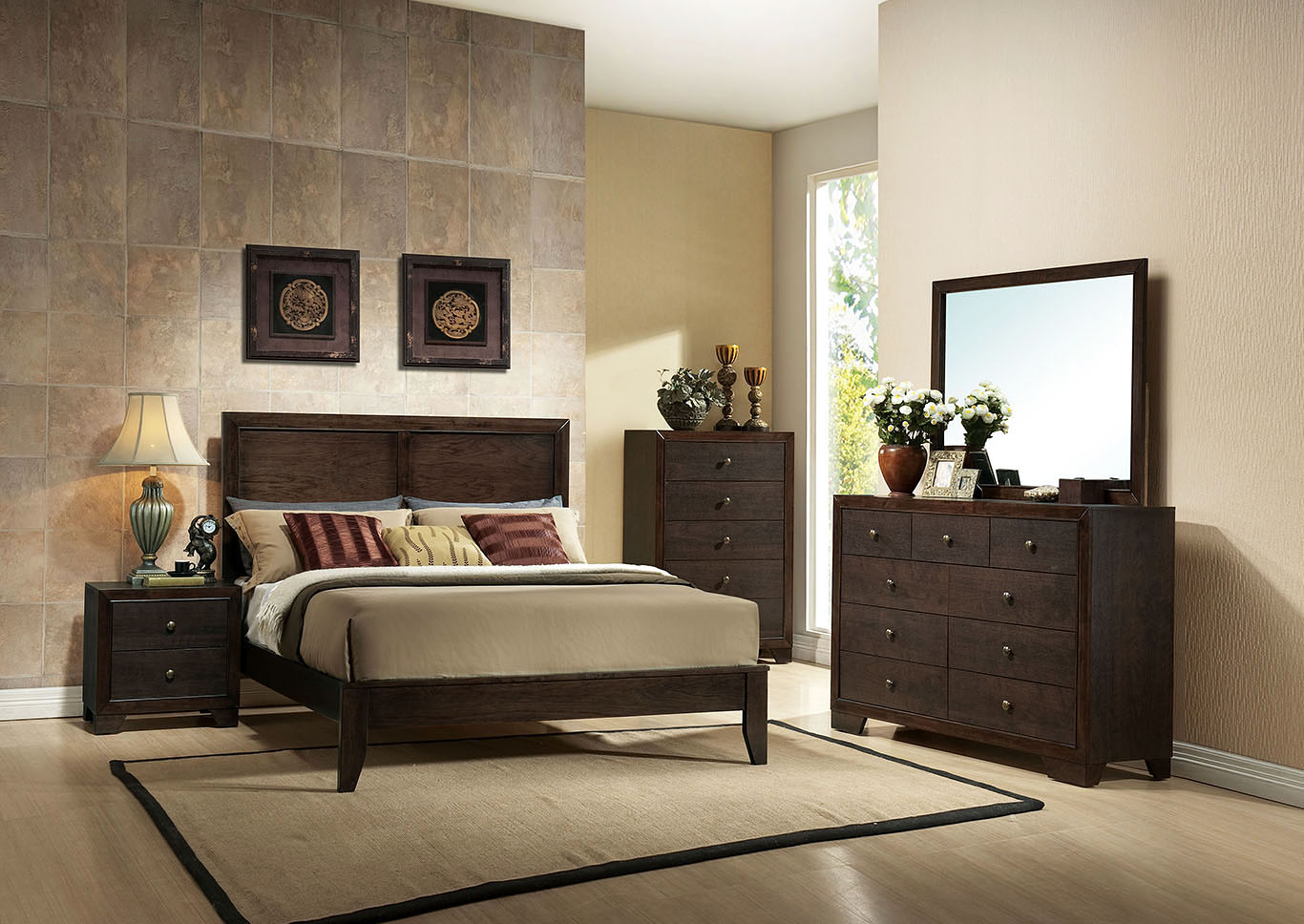
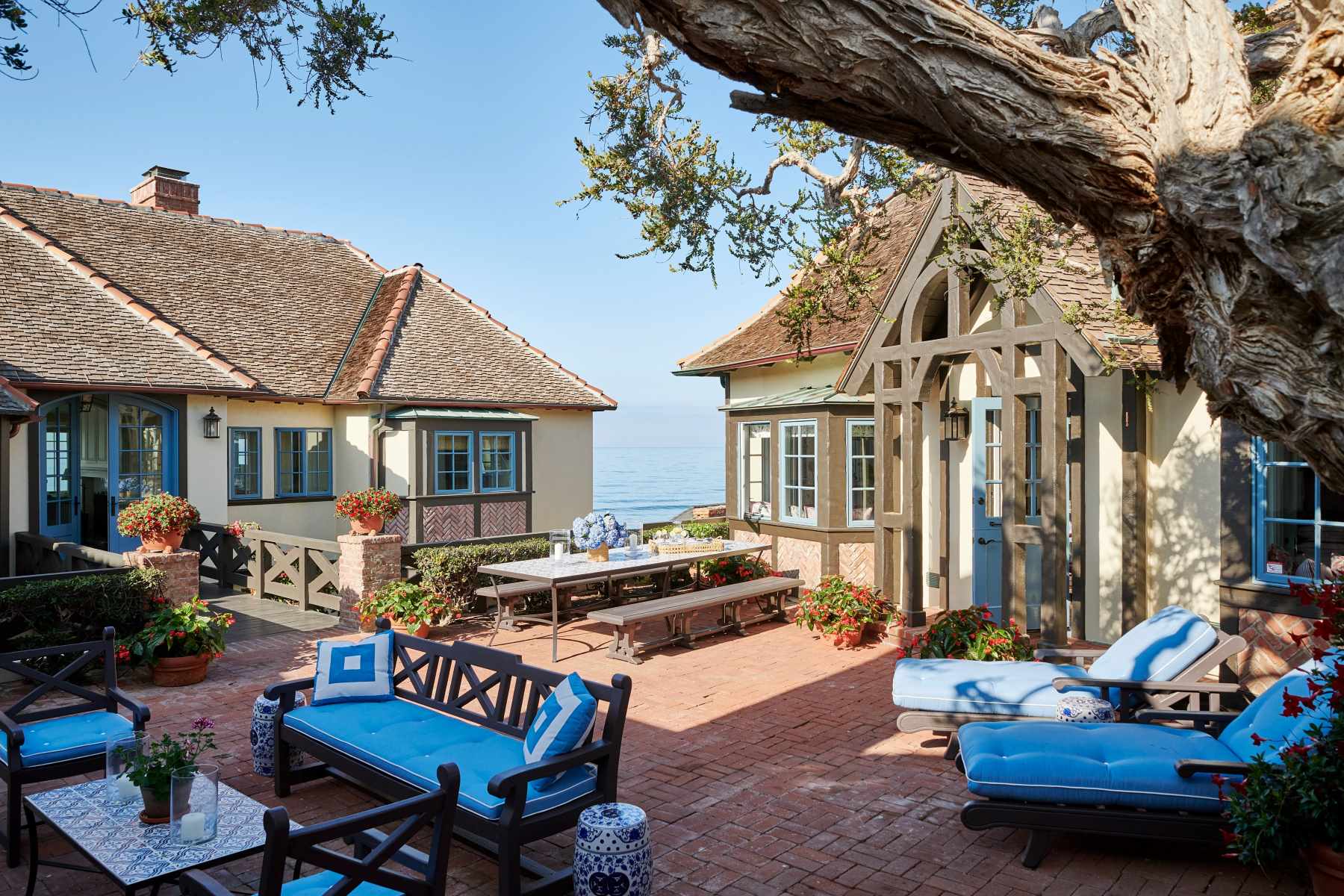
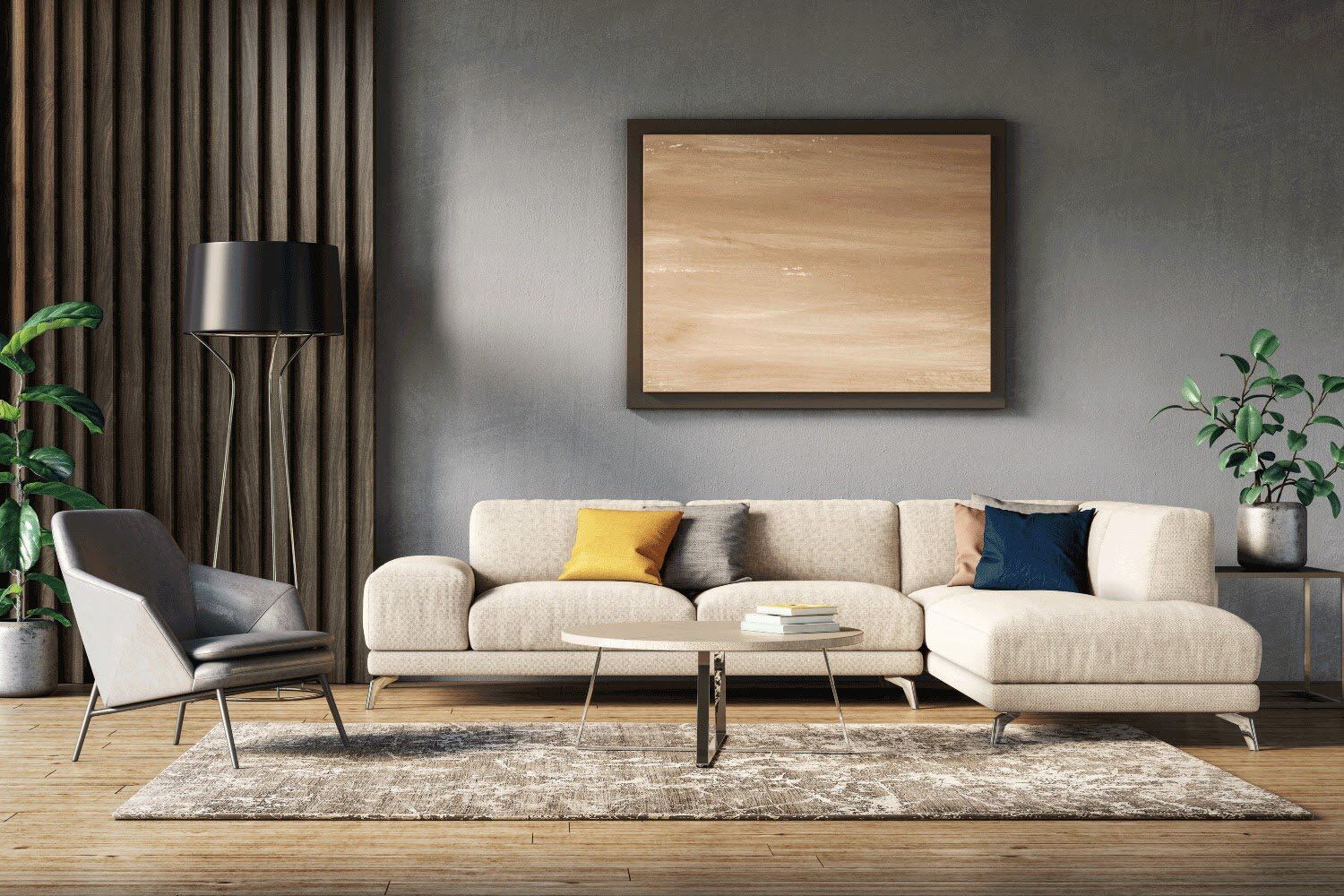
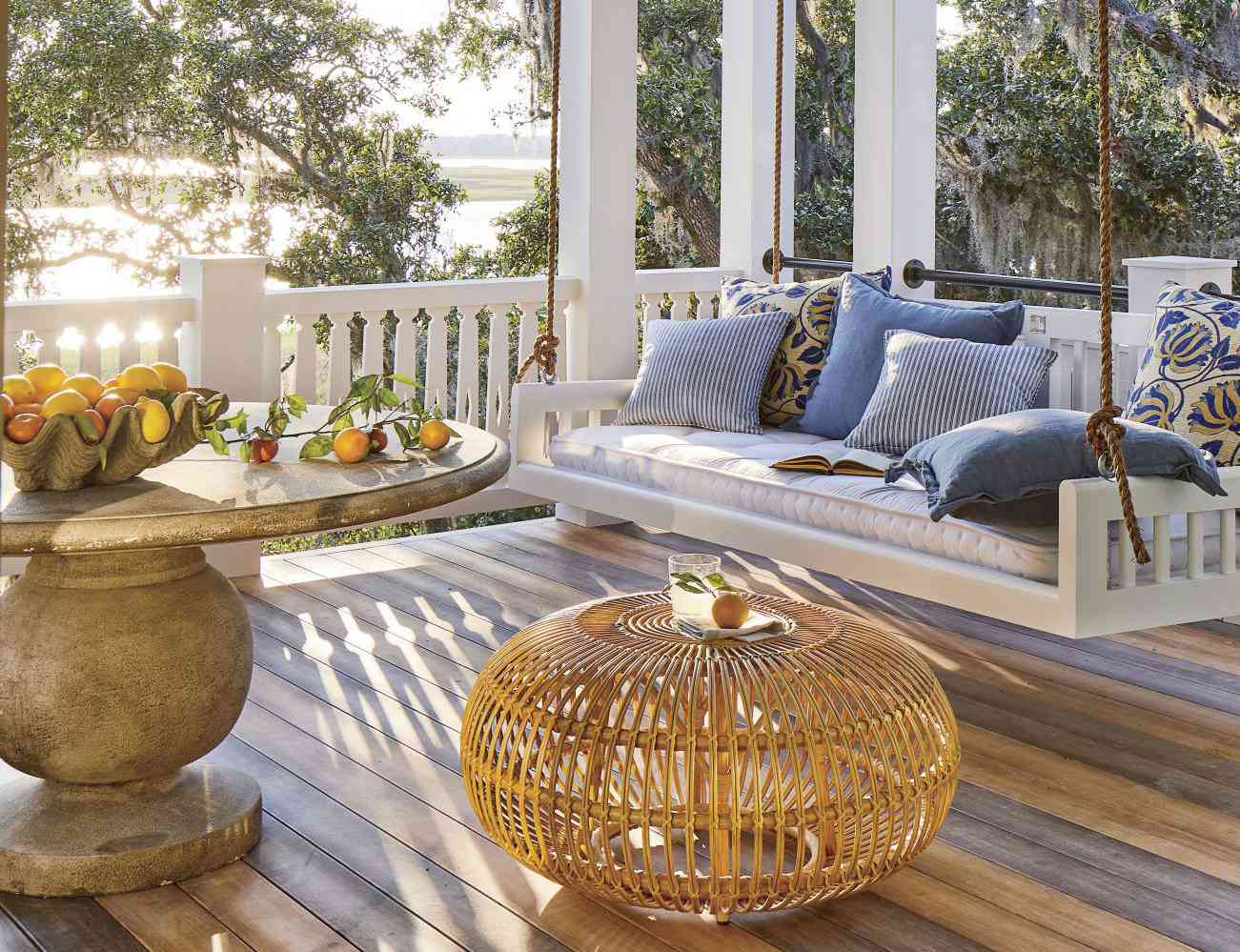
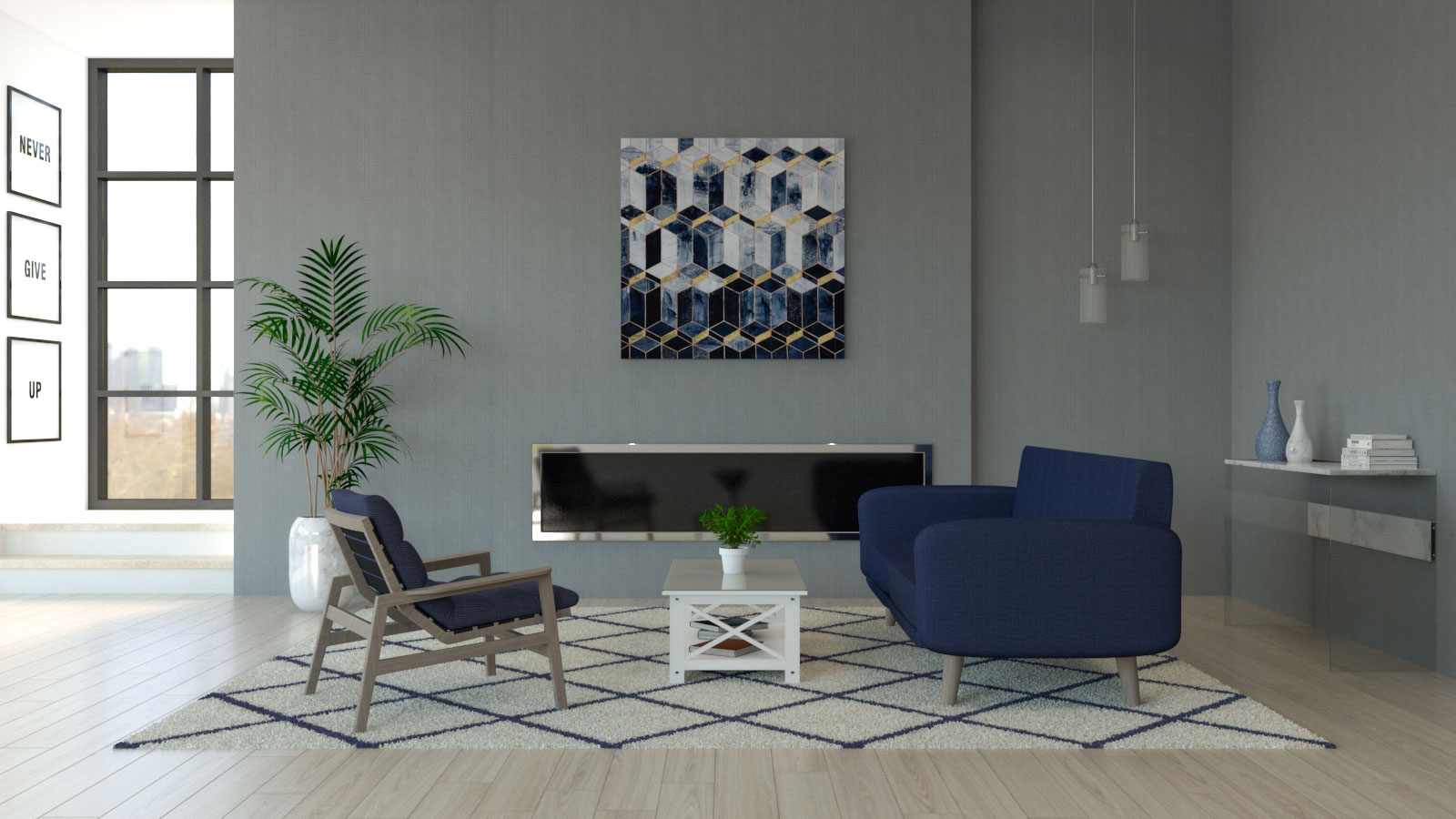
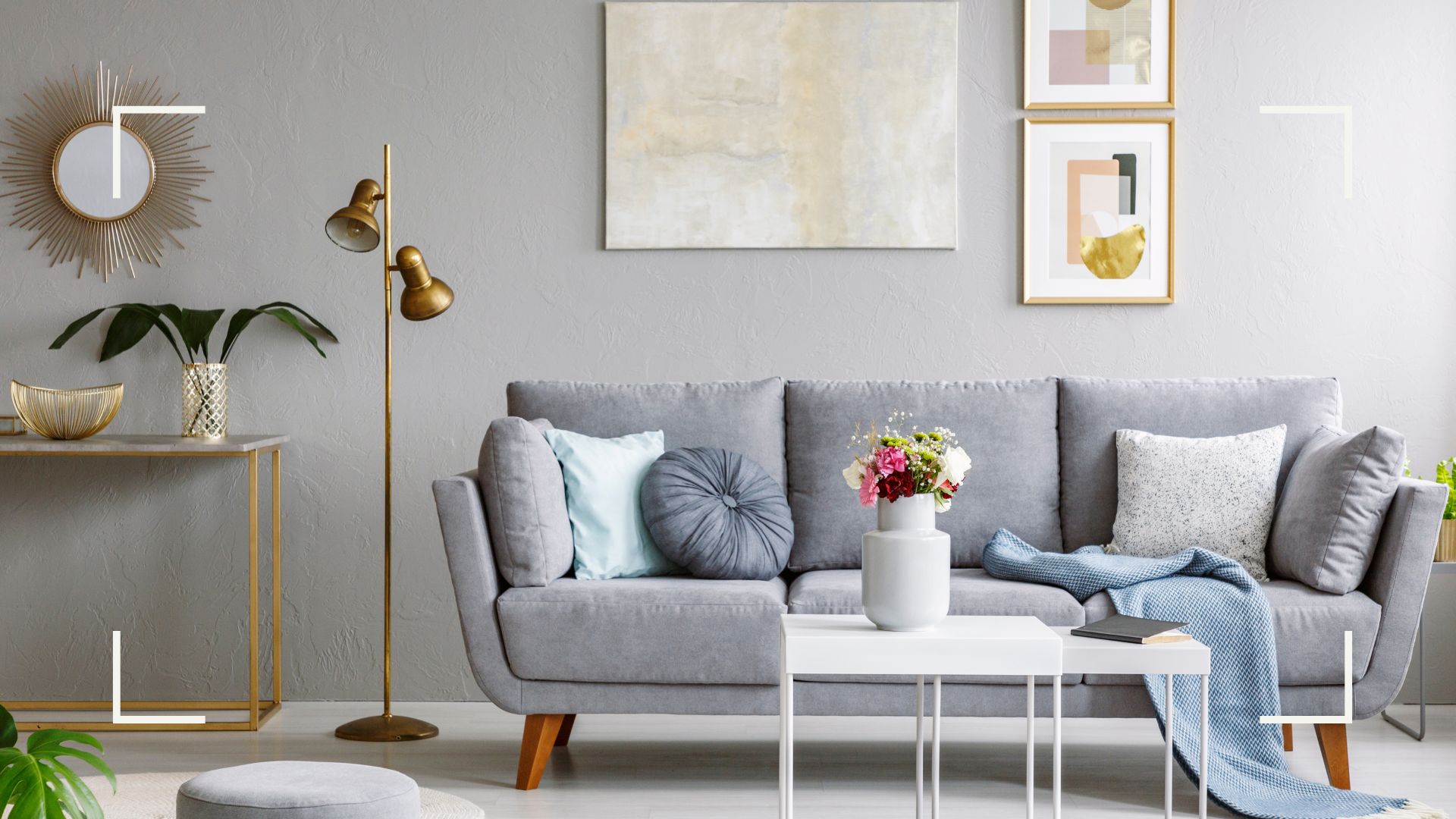

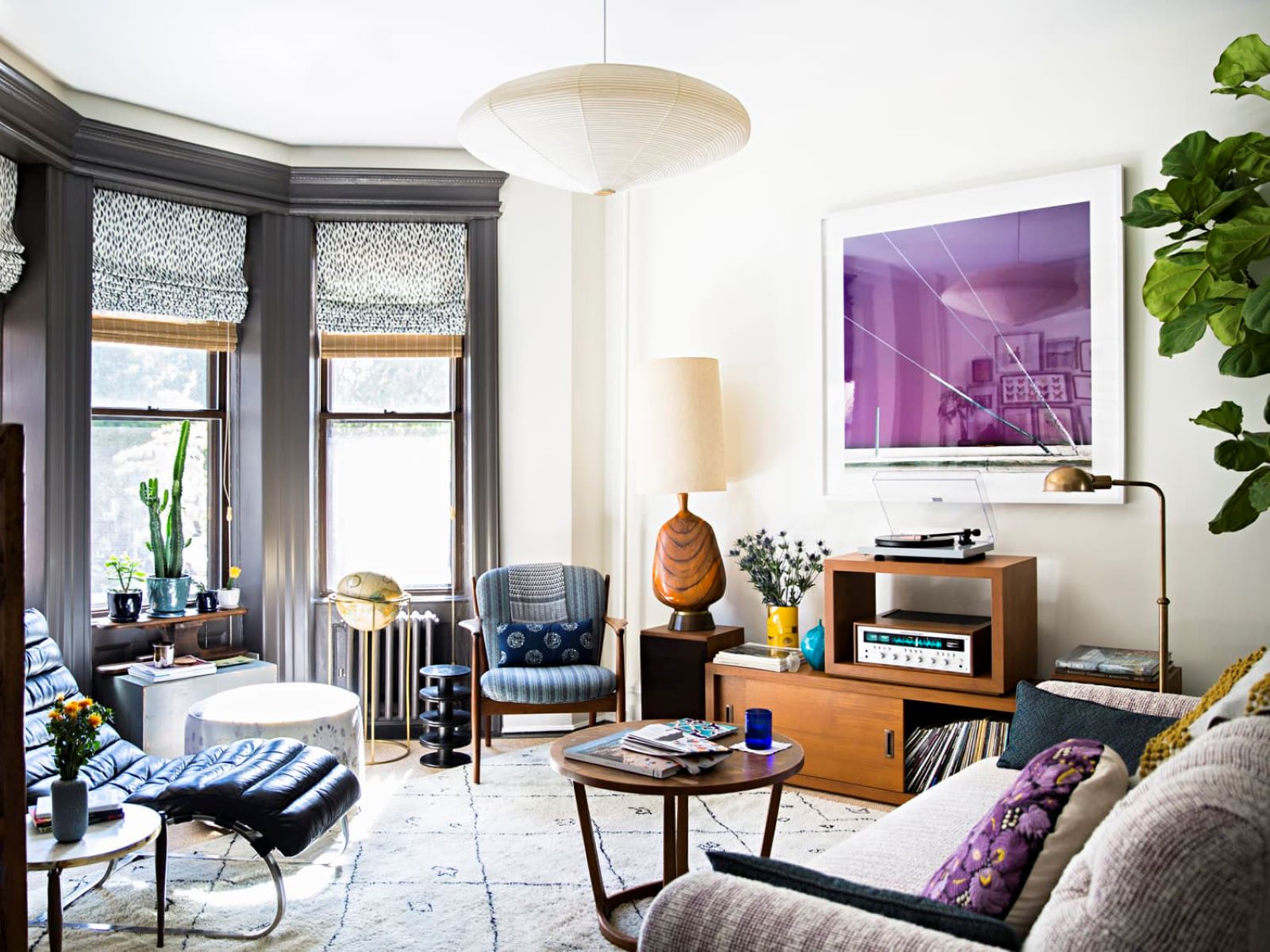
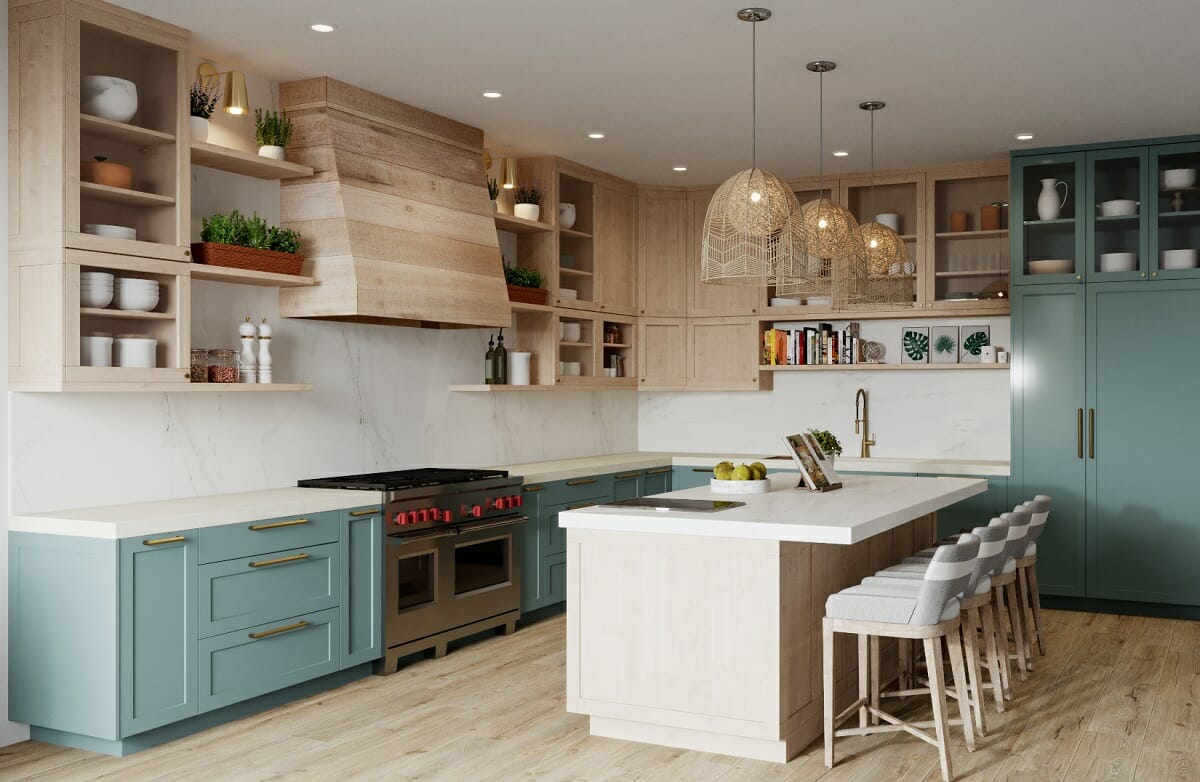
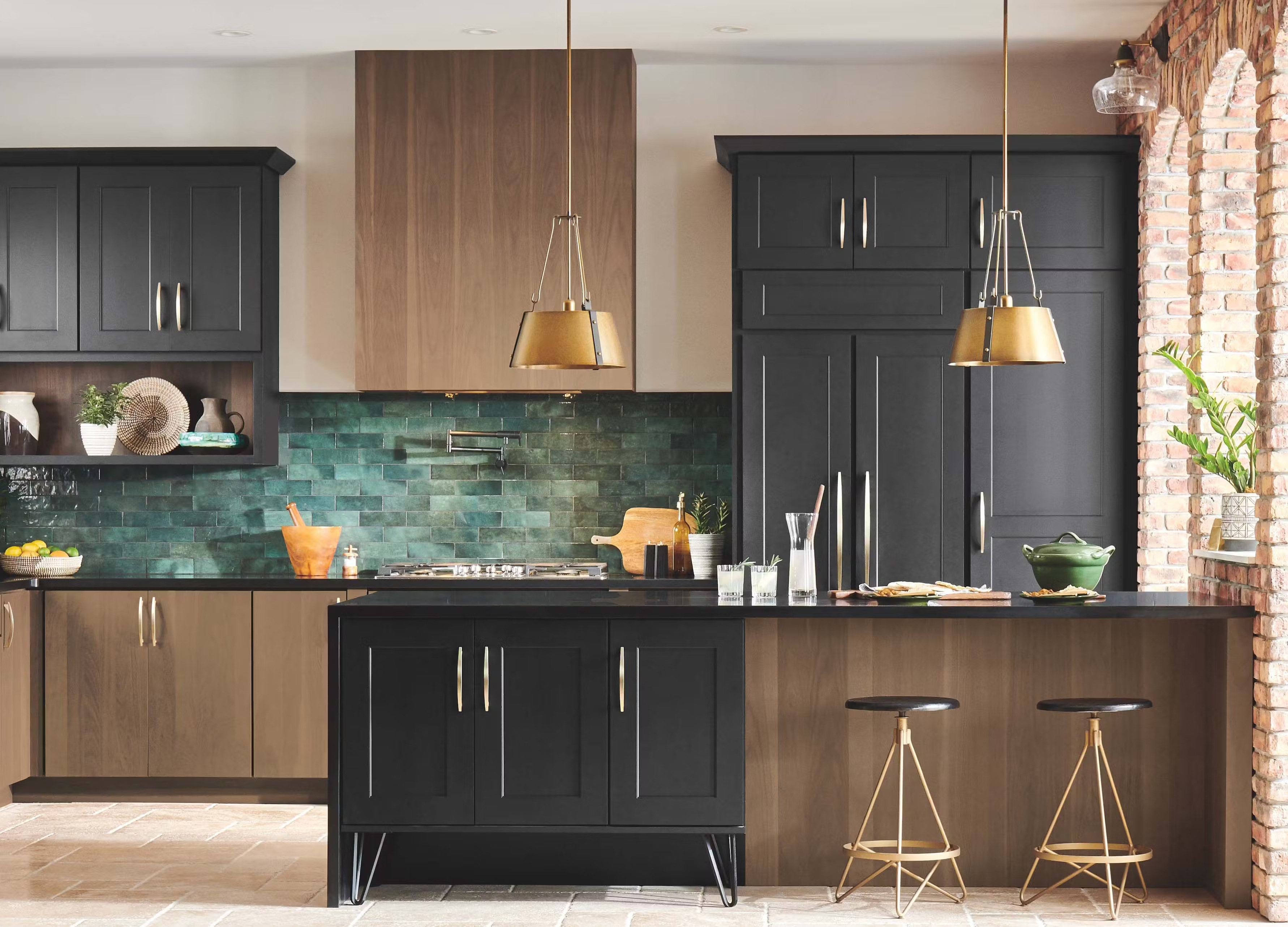



0 thoughts on “How To Design House Colors And Furniture”